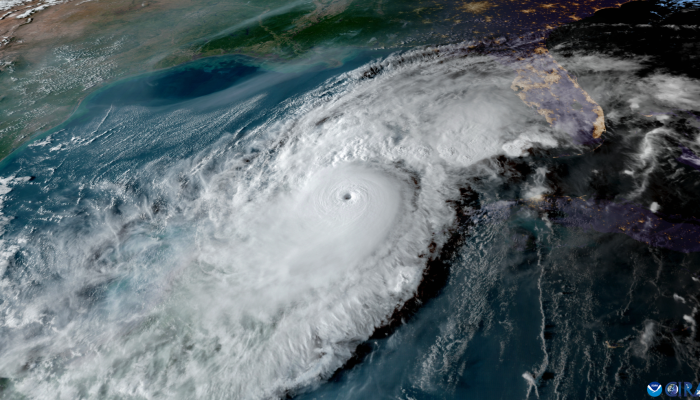Critical infrastructure is everything from the power in our homes and businesses that keeps the lights on, the water we drink, transportation that take us from place to place, first-responders and healthcare facilities in our communities, farms that grow food, stores we shop in, and internet and communication systems we rely on to stay in touch with friends and family.
Critical infrastructure can be viewed as the supporting framework of society: It’s the human-made technology you use every day without giving a second thought. Plumbing, electricity, transportation systems, public safety, communications….and the list goes on.
To highlight this significance, the Department of Homeland Security (DHS) created Critical Infrastructure Security and Resilience Month.
It’s appropriate that it is held in November, as Americans prepare to shop, hit the road or air to travel, and participate in community events for the holidays.
There are actually 16 critical infrastructure sectors in total. Together, they allow you to work, play, travel, use social media, order pizza, and shop, shop, shop. In short, it’s everything that keeps us from falling back into an 1890’s standard of living.
What should you know about critical infrastructure security and resilience? We’ve gathered some information to assist you in being prepared for emergencies, safety, and security.
Cybersecurity
Internet-enabled systems and functions have revolutionized the way we work and play. Thanks to the wonders of technology, bank transactions, travel and communication are faster, more efficient and more economical. Yet these improvements also open new vulnerabilities.
What you can do:
- Shop safely and securely online: Create strong passwords, watch your Wi-Fi, and avoid “too good to be true”.
- Update your operating system and security software as soon as updates are available.
- Use complex passwords and don’t share them.
- Implement cyber training for employees.
- Get educated on what you can do to prevent phishing/ransomware attacks.
Crowd Safety
The places where people gather form the heart of American communities. Ordinary places like houses of worship, concerts, shopping centers, museums, movie theaters, sports arenas, and even office buildings are also places where we expect to feel safe and secure, but often their open, public nature means fewer security measures are in place.
What you can do:
- Connect with local responders, and learn about each other’s responsibilities during an incident.
- Plan and put in place the policies and procedures your organization needs to follow in an emergency.
- Train staff and volunteers on emergency plans and procedures;
- Report suspicious activity to local authorities.
Businesses
Commerce plays a vital role in building and maintaining communities. Mom-and-Pop, Main Street shops add to the flavor of our neighborhoods. An August 2015 survey conducted by Harris Interactive on behalf of Nationwide insurance says 75% of small business owners do not have a disaster recovery plan in place. More than half say it would take at least three months to recover from a disaster.
What you can do:
- Give yourself and insurance check-up. Are you properly covered?
- Do you have an emergency operations plan, and more importantly, do your employees know it? A well-written plan means nothing if not shared with the people it will affect.
- 2017 was the costliest year ever recorded in the United States for natural disasters. A disaster doesn’t have to be local to affect you.
- Flooding and fire and two of the greatest natural hazards we face in the city. Are you important documents backed-up and saved digitally?
- How is your relationship with your vendors and clients? Are agreements in writing, stored in a central location, and backed up in the cloud or off-site location?
- Prepare your business now financially so you are ready to respond, continue operations, and recover when disaster strikes. Our READYBusiness program discusses emergencies and disasters that can affect small businesses along with ways they can prepare for them.
Home
There is nothing more important than the health and safety of those living under your roof. Preparing for natural and human-caused emergencies helps peace-of-mind and build a resilient, strong community.
What you can do:
- Make a Family Emergency Plan for everyone and don’t forget your pets.
- Create a Fire Safety and Home Escape plan.
- Know the local hazards in your community, like flooding.
- Look out for your neighbors.
- Prepare for power outages.




